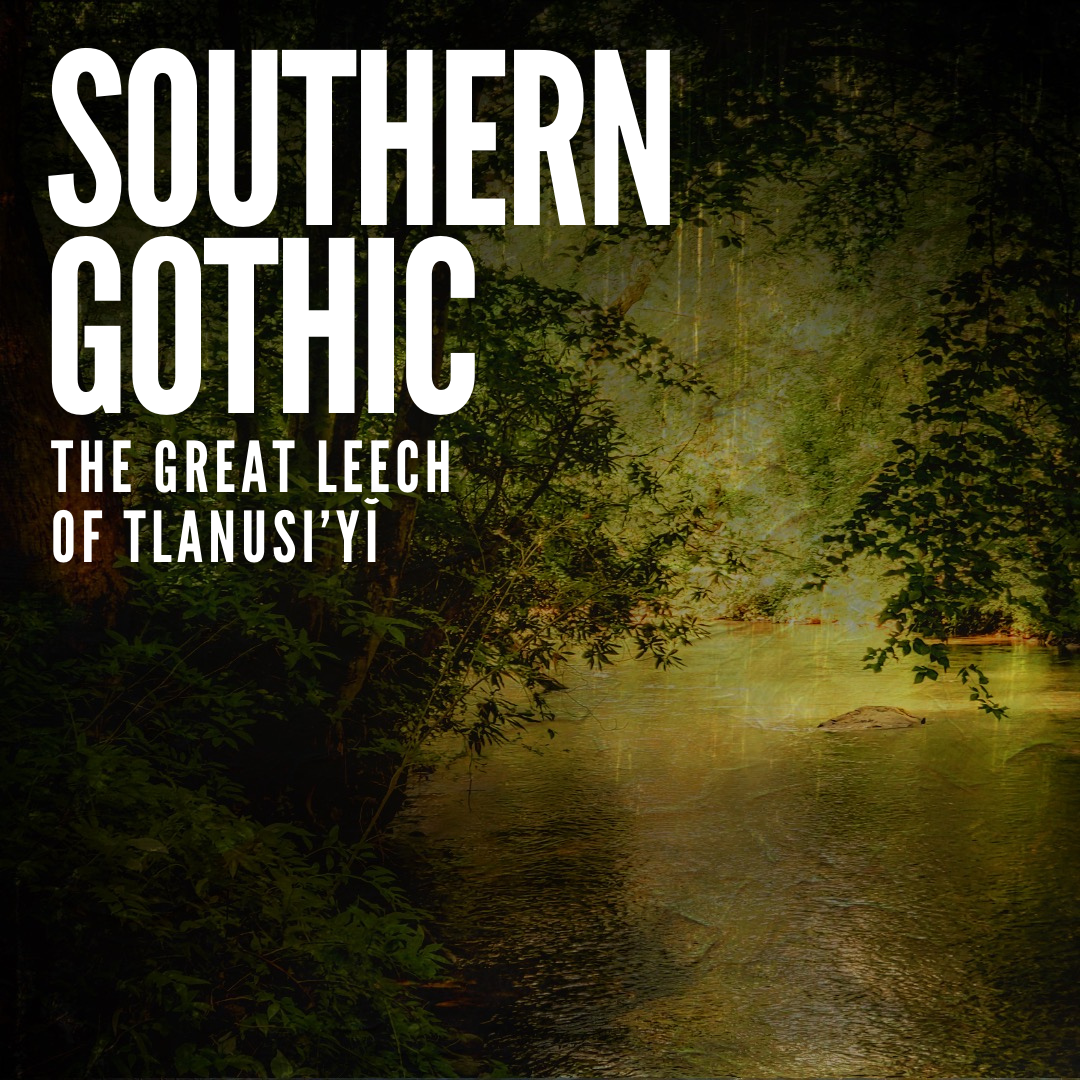“Suddenly the beat of the drums was drowned out by a roar louder than any noise Reelfoot had ever heard. The earth vibrated from the sound waves, and then it heaved in mighty spasms that splintered giant trees and sent them crashing down into newly formed crevices. Then came a rushing wall of water that swallowed up the village, covered the whole countryside, and formed a great lake.””

“it has been discovered that a lake was formed…”
Along the northwestern edge of Tennessee sits Reelfoot Lake. The only natural lake in the state, it's a flooded cypress forest that has more in common with the bayous of the deep south than other more open and expansive lakes of the surrounding area.
Yet this lake dates back only two centuries and owes its creation to the massive New Madrid earthquakes that rocked the area in 1811-1812 and caused the Mississippi River to temporarily flow backward. Yet according to local legend the cause of those earthly upheavals was more than simply nature. Legend says that the origins of Reelfoot Lake can be traced back to the actions of a Chief of the Chickasaw people who once inhabited the now submerged land.
Additional Links From This Episode:
Sources:
Center for Earthquake Research and Information. “New Madrid Compendium Eyewitness Accounts.” University of Memphis. Accessed September 9, 2022. https://www.memphis.edu/ceri/compendium/eyewitness.php.
Eastwood, Vera. “The Legend of Reelfoot Lake.” The Taylor-Trotwood Magazine, XII, no. 1 (November 1910): 155-159. GoogleBooks.
Jillson, Willard Rouse. “The Discovery of Kentucky.” Register of the Kentucky Historical Society, 20, no. 59 (May 1922): 117-129. GoogleBooks.
Nelson, Wilbur A. “Reelfoot - An Earthquake Lake.” The National Geographic Magazine, 43, no. 1 (January 1923): 94-114. Accessed September 9, 2022.
“Notes & Comments.” The Bulletin: A Monthly Journal Devoted to the Interests of Hoo-Hoo XV, no. 157 (November 1908): 3-6. GoogleBooks.
“The Legend of Chief Reelfoot.” Reelfoot Outdoors. Accessed September 9, 2022. https://www.reelfoot.com/legend_1.htm.
“The Murderous Night Riders.” Collier’s The National Weekly, November 14, 1908. GoogleBooks.
Vanderwood, Paul. Night Riders of Reelfoot Lake. Tuscaloosa, AL: University of Alabama Press, 2003.
Walker, Emma. “The Fascinating Story Behind Reelfoot Lake.” RootsRated. December 12, 2016. https://rootsrated.com/stories/the-fascinating-story-behind-reelfoot-lake.
Windham, Kathryn Tucker. Thirteen Tennessee Ghosts and Jeffrey. Tuscaloosa, AL: University of Alabama Press, 2016.
Wright, George C. Racial Violence in Kentucky, 1865-1940: Lynchings, Mob Rule, and “Legal Lynchings.” Champaign, IL: University of Illinois Press, 1990.








































